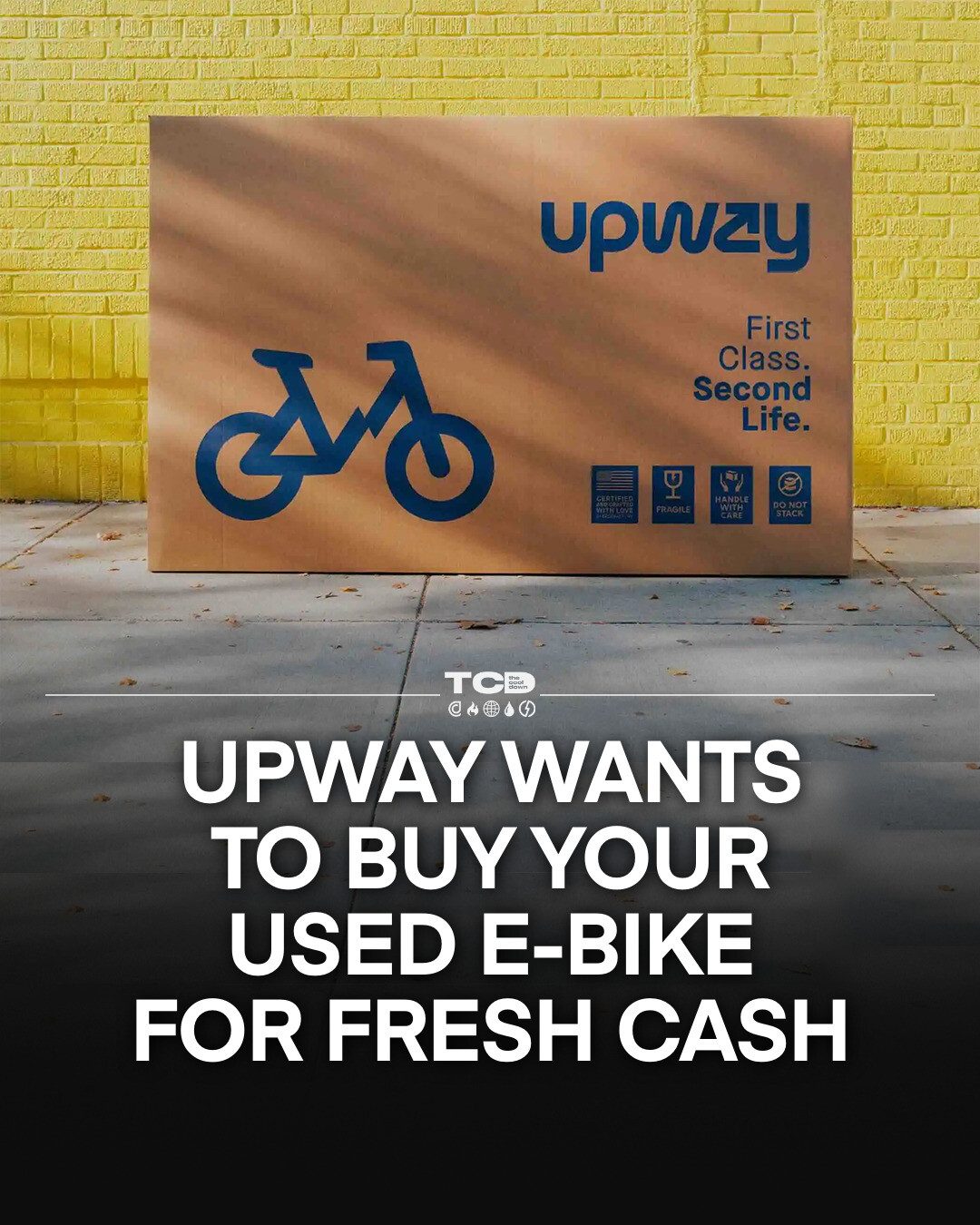Setup
The focus of the test was how buyer positioning motivates potential e-bike resellers. To that end, the two assets were designed to test performance across the following A/B split:
- AMessaging that foregrounds the act of selling
- BMessaging that foregrounds the potential buyer
 A
A
 B
B
Test Results
Attention Share and Engagement Share reflect the percentage of test-wide scoring accounted for by individual variants or demographics. Read more below in the Methodology section.
Aggregate Insights
Buyer-focused messaging produced slightly more attention at the top of the funnel and materially more engagement deeper down the funnel.
The strength of engagement around buyer-focused messaging relative to its attention score suggests that the reputability of the potential buyer can drive potential sellers to act.
Further testing could investigate whether a more specific buyer-focused message — e.g., 'Upway will buy your used e-bike for X% more' — creates more attention and engagement than the more general message.
Gender-based attention and engagement shares reflect the relative attention or engagement per gender for each variant. Read more below in the Methodology section.
Gender Insights
Female participants paid moderately more attention to the sell-focused messaging while engaging much more readily with the buyer-focused messaging.
Male participants paid roughly equal to attention and demonstrated roughly equal engagement with both messages.
Further testing could target the female audience with more specific buyer-focused messaging — e.g., 'Upway will buy your used e-bike for X% more' — to determine whether specificity closes the attention gap and/or heightens the engagement preference vs. sell-focused messaging.
Age-based attention and engagement shares reflect the relative attention or engagement per age bracket for each variant. Read more below in the Methodology section.
Age Insights
With a smaller sample size, the 65+ group paid significantly more attention to and engaged much more readily with both messages when compared to other cohorts, with a strong preference for the buyer-focused message.
Only the 45-54 age group demonstrated both an attention and engagement preference for the sell-focused message; among other age groups, the only preference for the sell-focused message was seen in engagement among the 18-24 group.
Further testing could specifically target the 65+ group to determine which aspect of the buyer-focused message is most appealing — e.g., convenience of the sales process, reliability of payment, etc.
Methodology
This test was conducted with two message variants and a prequalified TCD audience of 3,349 likely adopters. Among those participants, 5.2% paid measurable attention to the test assets, and 1.9% registered measurable engagement.
Attention Score measures the likelihood that a message will capture eyeballs in the wild. It’s calculated using the rate at which test participants respond to a CTA to learn more about the subject.
Engagement Score measures the likelihood that a message will elicit a meaningful response from the audience. It’s calculated using a proprietary algorithm that weights measurable metrics — shares, saves, likes, etc. — in a way that has proven to be meaningfully correlated (r > .5) to real-world conversion behavior.
Attention Share and Engagement Share reflect the percentage of test-wide scoring accounted for by individual variants or demographics. For example, an engagement share of 25% means the variant or demographic in question accounted for 25% of the cumulative engagement score produced by all segments in the test.







